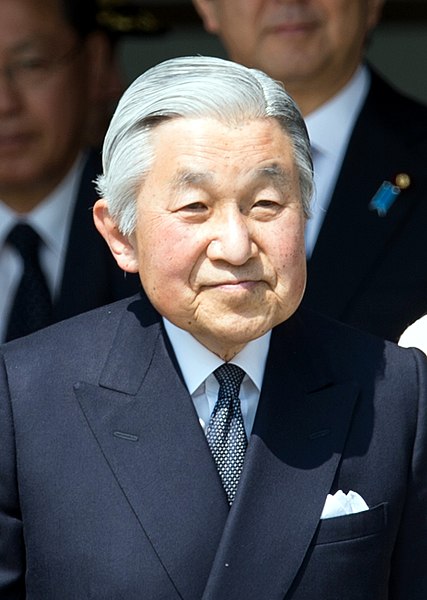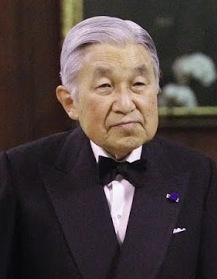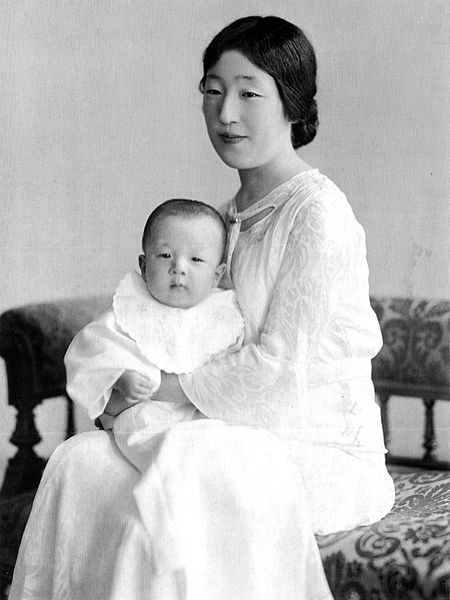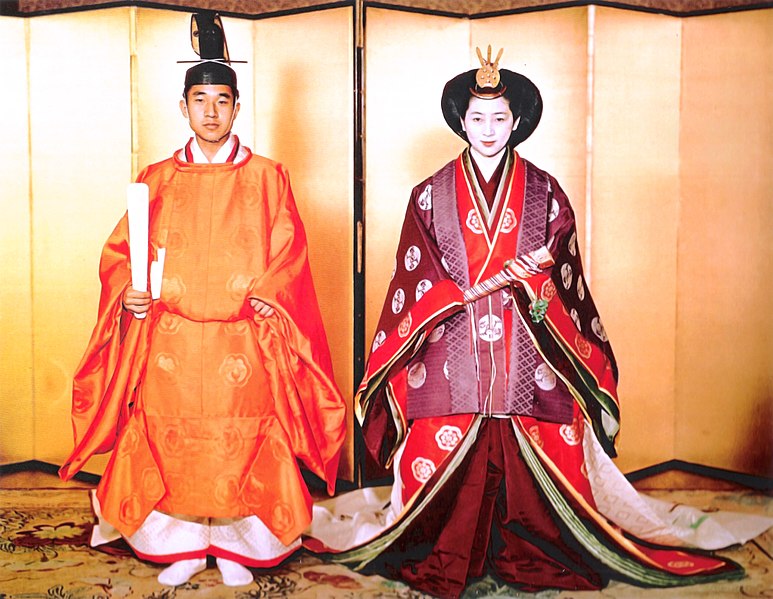
The End of an Era as the 125th Emperor of Japan Steps Down
Japanese legends tell us that the Japanese monarchy was founded in 660 BCE by Emperor Jimmu. The 16-floret chrysanthemum flower variety (Ichimonjiginu) is the crest and official seal of the Emperor. The Chrysanthemum Throne of Japan is a term that is used to embody the Japanese monarchy and the legal authority for the existence of the Japanese government. This makes Japan to be one of the countries that has the oldest continuous hereditary monarchy in the world.
Japan’s Emperor Akihito formally stepped down as emperor on the 30th of April, 2019. He succeeded to the Chrysanthemum Throne upon the passing of his father, Emperor Hirohito. Emperor Akihito was the 125th Emperor of Japan according to the traditional order of succession since the 7th of January, 1989.
He is the first reigning emperor to abdicate in 200 years and take the title Daj Tennō (the title for a Japanese emperor who abdicates), citing his age and declining health. Prior to Emperor Akihito, the last emperor to abdicate was Emperor Kokaku in 1817. Since Emperor Kokaku, succeeding emperors have ruled until their death. The current Dajō Tennō is succeeded by his elder son, Emperor Naruhito.
Embracing change
Crown Prince Akihito was the fifth child and elder son of Emperor Hirohito (Emperor Shōwa) and Empress Kōjun (Princess Nagako). He was born on the 23rd of December, 1933 in the Tokyo Imperial Palace. As a child, his formal title was Prince Tsugu (Tsugu-no-miya).
Prince Akihito with mother, Princess Nagako in 1934.
He was educated by his private tutors and then attended the elementary and secondary departments of the Peers’ School (Gakushūin) from 1940 through 1952. During WW II and the American firebombing raids in Tokyo in March 1945, Akihito and his younger brother Prince Masahito, were evacuated from the city. His father, Emperor Hirohito’s rule was characterized by aggressive expansionism by Japan, resulting in a devastating loss in the war and institutionalized pacifism of the post-war constitution that was drafted by US occupying forces. Though Hirohito stayed on the throne after WW II, his status was drastically downgraded from a semi-divine sovereign to a figurehead with no political power.
Prince Akihito and Michiko Shoda wedding 1959.
Following the war and during the American occupation, the young prince Akihito was tutored in the English language and Western manners.
As a grown man and inheriting the Chrysanthemum Throne from his father in 1989, Akihito embraced his new role acknowledging the change in times and gradually parting from tradition that kept the common folks apart from the emperors. This prepared the young Akihito for a much changing world.



